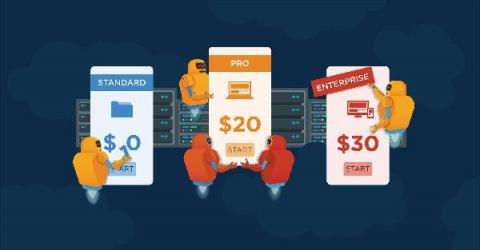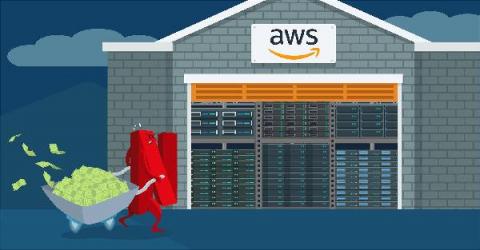Horizontal Vs. Vertical Scaling: How Do They Compare?
We all want growth, but we often find ourselves unequipped to deal with it. It’s a bit like going to the gym, lifting weights, and seeing real results, only to realize that you no longer fit into your old clothes. Now you have to decide if you want to modify them or buy new clothes. We can use this very simple analogy to understand the differences between horizontal and vertical scaling.










